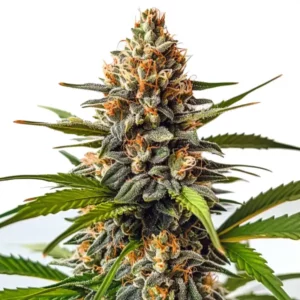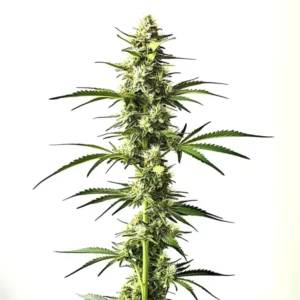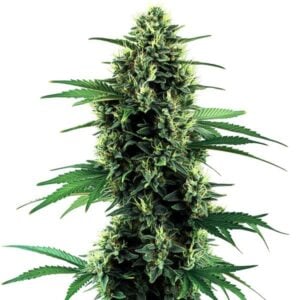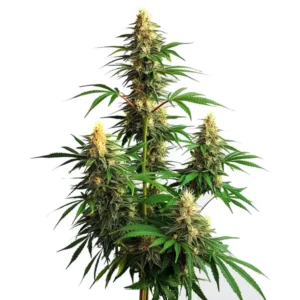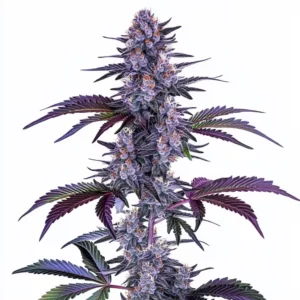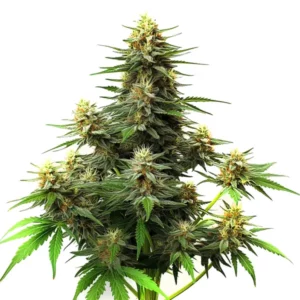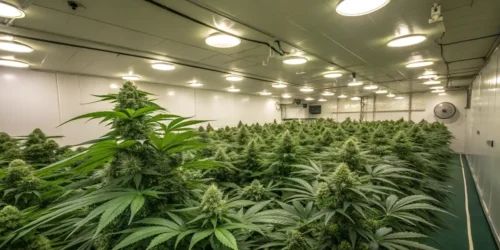When it comes to cultivating cannabis outdoors, automatic flowering strains have revolutionized the process. Their resilience, adaptability, and fast-growing nature make them an excellent choice for growers of all levels. In this guide, we’ll explore everything you need to know about automatic flowering outdoor cultivation and how to maximize your harvest.
Growing Automatic Flowering Plants Outdoors
Why Choose Automatic Flowering Strains for Outdoor Cultivation
Automatic flowering strains are ideal for outdoor cultivation because they don’t rely on light cycles to trigger flowering. This makes them highly versatile, especially in regions with inconsistent daylight hours. Autoflowers also have shorter life cycles, which means multiple harvests in a single growing season are possible.
Their compact size is another advantage for outdoor growers who need discretion. Despite their small stature, autoflowers are capable of producing dense, resin-rich buds with minimal effort. These qualities make them a go-to option for both beginners and experienced cultivators.
Benefits of Growing Autoflowers Outdoors
Outdoor environments provide natural sunlight, which is essential for vigorous growth. Autoflowers thrive in these conditions, using the sun’s energy efficiently. Additionally, growing outdoors reduces the need for expensive grow lights and equipment, making it a cost-effective choice.
Another benefit is the natural airflow and space available outdoors. This helps prevent issues like mold and mildew, which are more common in confined indoor spaces. Combined with their fast growth and low-maintenance requirements, autoflowers are perfectly suited for outdoor growing setups.
Promos & Deals
Preparing Your Outdoor Space for Autoflowers
Selecting the Right Location for Outdoor Growth
Choosing the right location is crucial for automatic flowering outdoor cultivation. Look for a spot with direct sunlight for at least 6-8 hours daily. Ensure the area has good air circulation and protection from strong winds.
If privacy is a concern, consider growing near natural barriers like shrubs or fences. These not only provide discretion but also shield plants from harsh weather. A well-chosen location lays the foundation for a successful grow.
Soil Preparation and Nutrients for Autoflowers
Healthy soil is vital for robust growth. Use nutrient-rich, well-draining soil to ensure your plants get the essential minerals they need. Mixing organic compost or worm castings into the soil can boost fertility and improve water retention.
Autoflowers are light feeders, so avoid over-fertilizing. Opt for slow-release organic fertilizers or tailor your feeding schedule to the plant’s growth stage. Proper soil preparation supports strong roots and enhances yield quality.
Tools and Equipment for Outdoor Cultivation
Outdoor growers should invest in basic tools like trowels, watering cans, and pH testers. A portable greenhouse or cloche can protect seedlings from sudden weather changes. Mulch is another valuable addition, helping to retain soil moisture and regulate temperature. For pest control, consider using natural deterrents like neem oil or insect netting. These tools and techniques ensure your outdoor grow remains healthy and productive throughout the season.
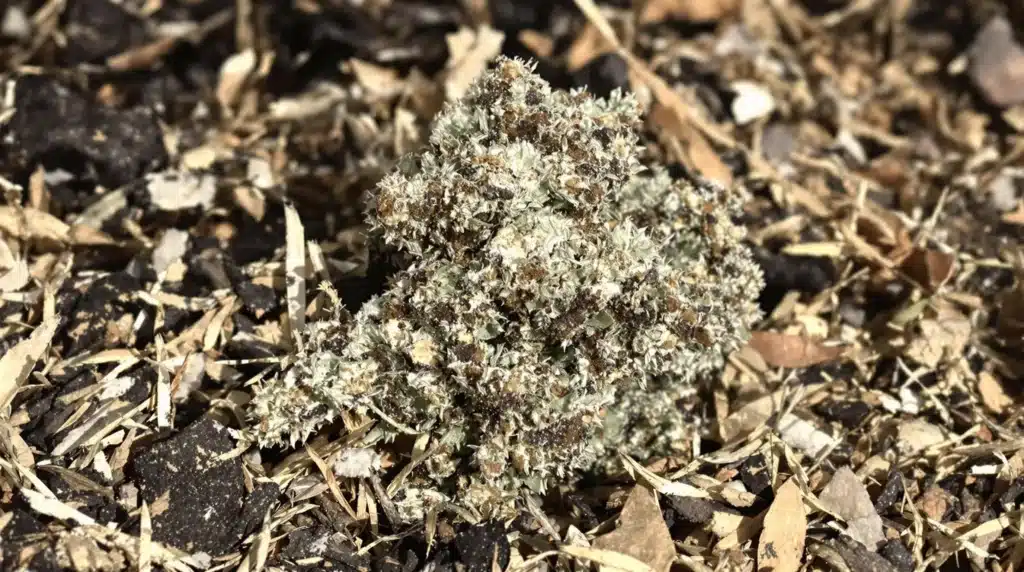
Best Practices for Outdoor Autoflower Growth
Optimal Planting Times for Outdoor Autoflowers
The best time to plant autoflowers outdoors is in early spring after the last frost. This gives plants plenty of time to grow and flower during the warm months. For regions with longer growing seasons, you can stagger planting for multiple harvests.
Monitor local weather conditions to determine the ideal planting window. Starting too early in cold temperatures can stunt growth, while planting too late may not allow enough time for a full harvest.
Managing Light Exposure in Outdoor Settings
Although autoflowers don’t depend on light cycles, they still need plenty of sunlight to thrive. Position plants where they receive morning sun to kickstart photosynthesis early in the day. Avoid overly shaded areas that can slow growth.
Reflective surfaces like white walls or foil can amplify sunlight exposure in less-than-ideal locations. Managing light effectively ensures your plants reach their full potential.
Watering Techniques for Healthy Autoflowers
Autoflowers prefer consistent but moderate watering. Allow the topsoil to dry out slightly between waterings to prevent overwatering, which can lead to root rot. Early morning or late evening watering minimizes evaporation and keeps plants hydrated.
Using mulch around the base of the plants helps retain moisture and regulate soil temperature. This simple technique ensures your autoflowers receive the hydration they need to flourish.
Common Challenges with Outdoor Autoflowering Plants
Dealing with Pests and Wildlife
Outdoor grows are susceptible to pests like aphids, spider mites, and caterpillars. Natural remedies such as neem oil, diatomaceous earth, or companion planting can deter these invaders. Wildlife like deer or rabbits can also pose a threat, so fencing or mesh netting may be necessary.
Managing Temperature and Weather Fluctuations
Sudden changes in temperature or unexpected storms can stress autoflowers. Use portable greenhouses or frost blankets to shield plants during cold snaps. For heatwaves, providing shade during peak sunlight hours can prevent heat stress.
Preventing Overwatering and Root Rot
Outdoor plants are more prone to overwatering due to rainfall. Ensure your grow site has well-draining soil to avoid waterlogging. Raised beds or pots with drainage holes can further reduce the risk.
Inspect plants regularly for signs of overwatering, such as yellowing leaves or a damp smell around the roots. Adjust your watering schedule based on weather patterns to keep plants healthy.
Enhancing Outdoor Autoflower Yields
Using Organic Fertilizers and Compost
Organic fertilizers like bat guano, fish emulsion, or compost tea provide essential nutrients for flowering plants. These natural options improve soil health and encourage robust bud development.
Compost also enhances the microbial activity in the soil, supporting nutrient uptake and overall plant vitality. Incorporating organic methods leads to higher yields and better-quality cannabis.
Training Techniques for Autoflowers Outdoors
Low-stress training (LST) can maximize light exposure and encourage even canopy growth. Gently bending and securing branches increases airflow and light penetration to lower bud sites.
Avoid high-stress techniques like topping, as autoflowers have a limited growth period. Proper training can significantly boost yields without compromising the plant’s health.
Timing Your Harvest for Maximum Potency
Harvesting at the right time ensures the highest potency and flavor. Monitor trichomes, milky white with a few amber trichomes indicate peak ripeness. Harvesting too early or late can affect the overall quality of your buds.
Recommended Automatic Flowering Strains for Outdoor Cultivation
Choosing the right automatic flowering strains is crucial for a successful outdoor grow. Below are three standout options that thrive in outdoor environments and deliver excellent results.
Northern Lights Auto
Northern Lights Auto is a legendary strain known for its resilience and ease of cultivation. Its automatic flowering genetics make it perfect for outdoor growers seeking a low-maintenance plant. This strain flourishes in various climates, handling temperature fluctuations with ease.
With a life cycle of just 8-10 weeks, Northern Lights Auto produces dense, resin-coated buds with a sweet and earthy aroma. Its effects are deeply relaxing, making it ideal for evening use. For growers prioritizing simplicity and reliability, this strain is a top choice for automatic flowering outdoor setups.
Amnesia Haze Auto
Amnesia Haze Auto offers the best of both worlds: vigorous growth and exceptional potency. This sativa-dominant autoflower thrives in sunny outdoor environments, delivering impressive yields in just 10-12 weeks.
Its zesty citrus aroma and uplifting effects make it a favorite among recreational users. Amnesia Haze Auto’s robust genetics ensure strong resistance to pests and diseases, making it a dependable option for growers of all skill levels. For those aiming for high yields and flavorful buds, it’s a perfect addition to your automatic flowering outdoor garden.
Blueberry Auto
Blueberry Auto is a compact and flavorful strain that excels in outdoor cultivation. Its automatic flowering traits allow it to complete its cycle in 9-10 weeks, making it ideal for regions with shorter growing seasons. This strain is famous for its sweet, fruity aroma and balanced effects that combine relaxation with mild euphoria.
Blueberry Auto performs exceptionally well in outdoor setups with fertile soil and plenty of sunlight. Its vibrant colors and dense buds make it a visually appealing choice for growers who value aesthetics as much as quality. This strain is a must-try for anyone exploring automatic flowering outdoor options.
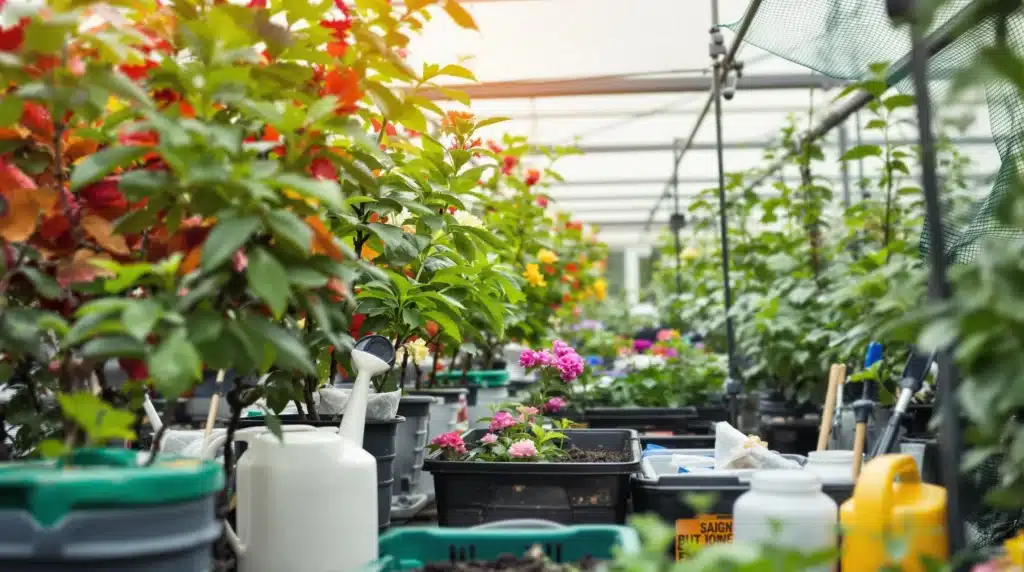
FAQs About Automatic Flowering Outdoor Cultivation
Can autoflowers thrive in colder climates?
Yes, autoflowers are hardy plants that can adapt to cooler climates. However, providing extra protection like greenhouses or frost blankets ensures better results in cold regions.
How much sunlight do outdoor autoflowers need?
Outdoor autoflowers thrive with at least 6-8 hours of direct sunlight daily. More sunlight generally leads to faster growth and higher yields.
Do outdoor autoflowers require special care compared to indoor?
While outdoor autoflowers face challenges like pests and weather fluctuations, they benefit from natural sunlight and airflow. Regular monitoring and adjustments make outdoor grows highly rewarding.


